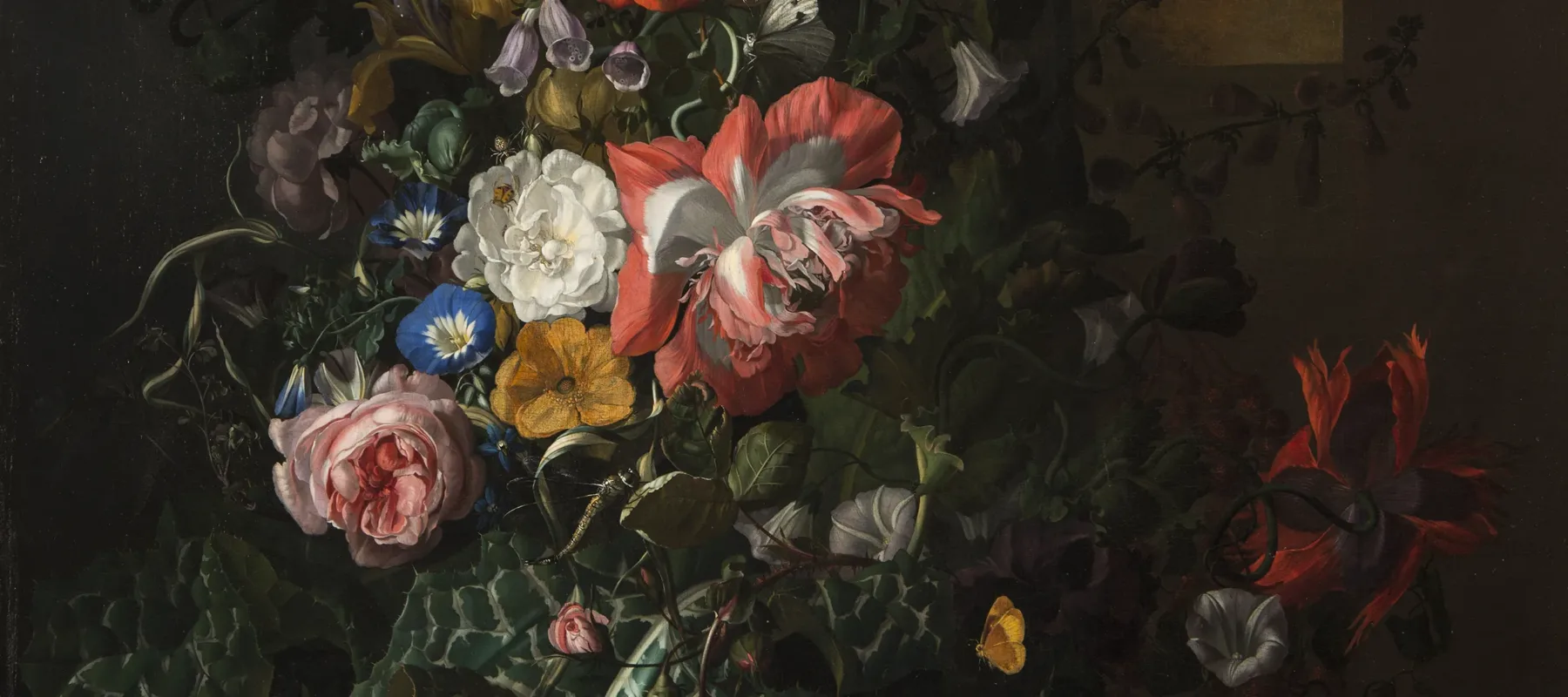Women Artists from Antwerp to Amsterdam, 1600-1750 showcases a broad range of work by more than forty Dutch and Flemish women artists, including Gesina ter Borch, Maria Faydherbe, Anna Maria de Koker, Judith Leyster, Magdalena van de Passe, Clara Peeters, Rachel Ruysch, Maria Tassaert, Jeanne Vergouwen, Michaelina Wautier, and more. Presenting an array of paintings, lace, prints, paper cuttings, embroidery, and sculpture, this exhibition draws on recent scholarship to demonstrate that a full view of women’s contributions to the artistic economy is essential to understanding Dutch and Flemish visual culture of the period.
Women were involved in virtually every aspect of artistic production in the Low Countries during the seventeenth and early eighteenth centuries. During this period, colonial exploitation and the international slave trade enriched Europe’s upper and middle classes, fueling demand for art and other luxuries. From celebrated painters who excelled in a male-dominated field to unsung women who toiled making some of the most expensive lace of the day, to wealthy patrons who shaped collecting practices, women created the very fabric of the visual culture of the era. Within a thematic presentation that considers the intertwined influences of status, family, and social expectations on a woman’s training and career choices, this exhibition demonstrates the many ways in which women of all classes contributed to the booming artistic economy of the day.
Whether their work was circulated within aristocratic social circles, sold on the open market, or commissioned by patrons, women shaped and molded the world around them from Antwerp to Amsterdam.
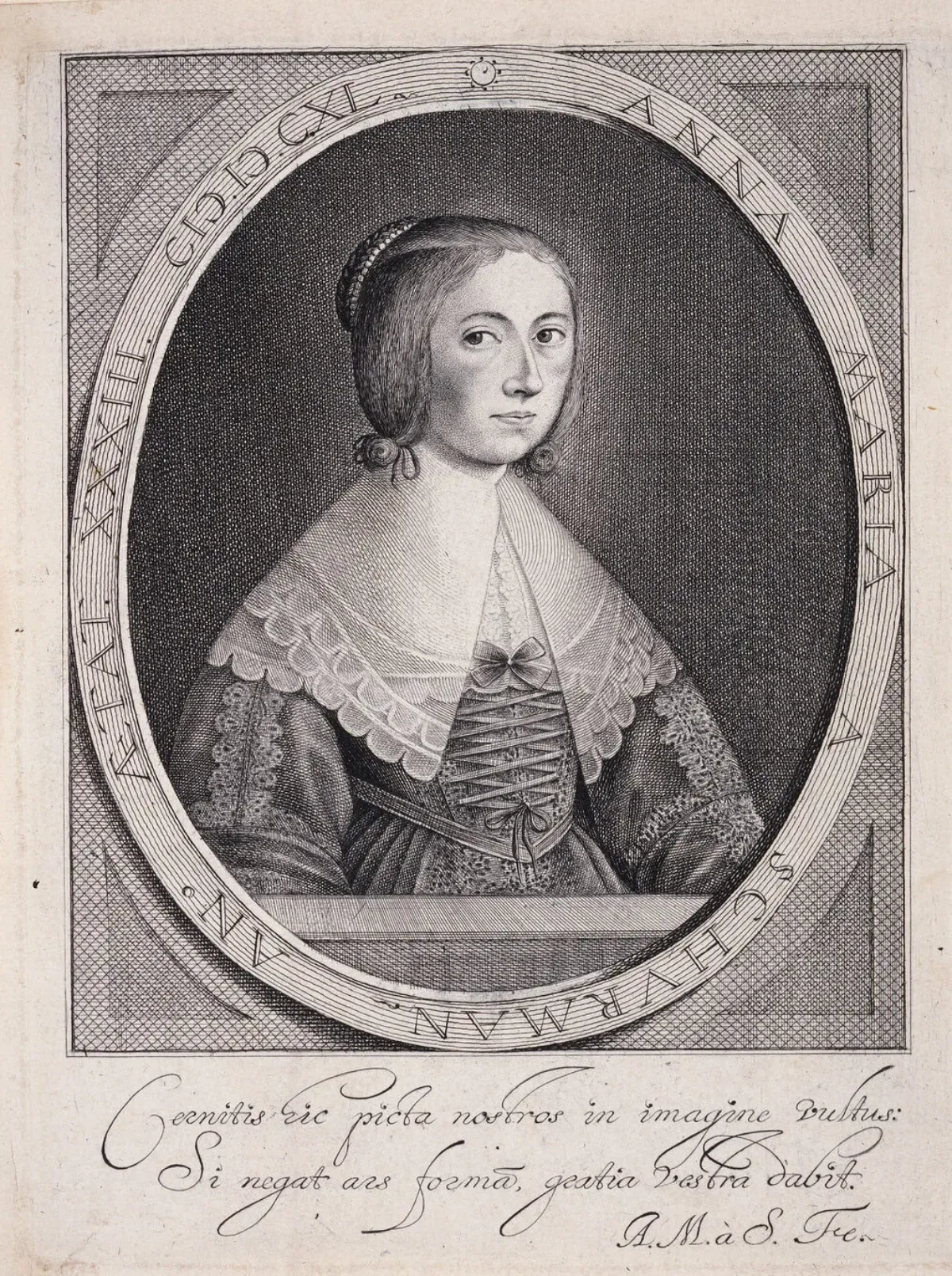
Anna Maria van Schurman, Self-Portrait, 1640; Engraving on paper, 8 1/2 x 6 3/8 in.; National Museum of Women in the Arts, Gift of Wallace and Wilhelmina Holladay
Exhibition Sponsors
Women Artists from Antwerp to Amsterdam, 1600–1750 is organized in partnership with the Museum of Fine Arts in Ghent, Belgium.
The exhibition is made possible by Denise Littlefield Sobel with major leadership gifts provided by Morgan Stanley and Tara Rudman.
Additional funding is provided by Martha Lyn Dippell and Daniel L. Korengold, Lugano, Kay Woodward Olson, Patricia and George White, Laurel and John Rafter, and an anonymous donor. Further support comes from Marcia Myers Carlucci, Dutch Culture USA program by the Consulate General of the Netherlands in New York, Jacalyn D. Erickson, Jacqueline Badger Mars, Geri Skirkanich, Tavolozza Foundation, VisitFlanders, the Gladys Krieble Delmas Foundation, Angela LoRé, Anne L. von Rosenberg, Ilene S. and Jeffrey S. Gutman, Samuel H. Kress Foundation, Charlotte and Michael Buxton, Anne N. Edwards, the Netherland-America Foundation, and Frances Luessenhop Usher.


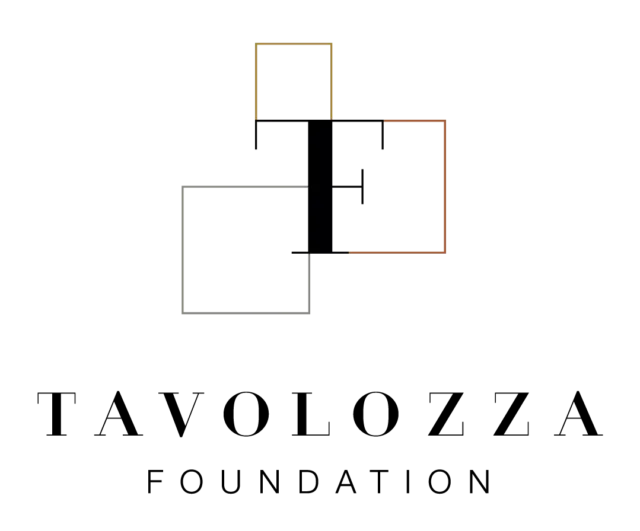
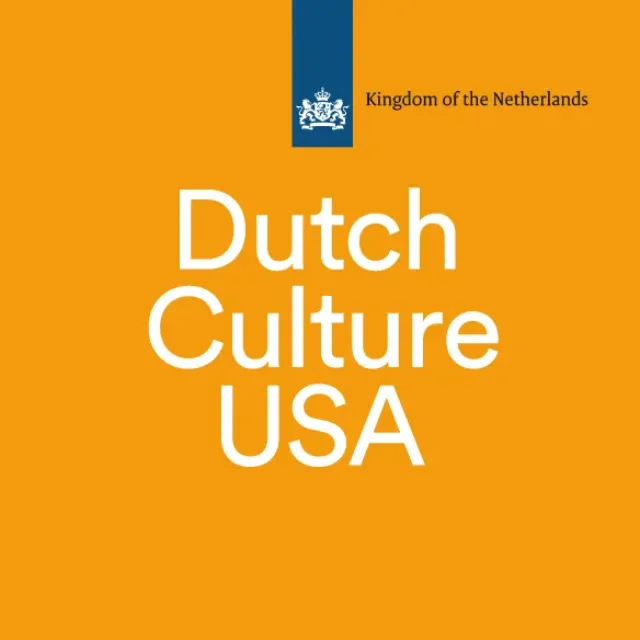
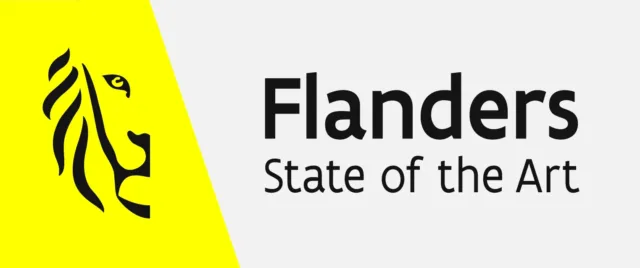
The Artist,
Judith Leyster
Judith Leyster, an independent artist with her own workshop and pupils, had a talent for painting lively scenes of people enjoying themselves in taverns or playing music.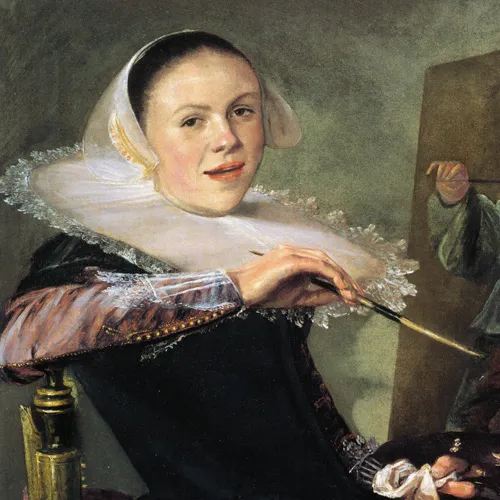
The Artist,
Anna Maria van Schurman
Known as the first woman to attend university in the Netherlands, Anna Maria van Schurman was a prolific artist in a variety of mediums, including painting, engraving and calligraphy.
The Artist,
Maria Sibylla Merian
Using her keen observational skills, Maria Sibylla Merian revolutionized both botany and zoology. From early childhood, she was interested in drawing insects and plants surrounding her.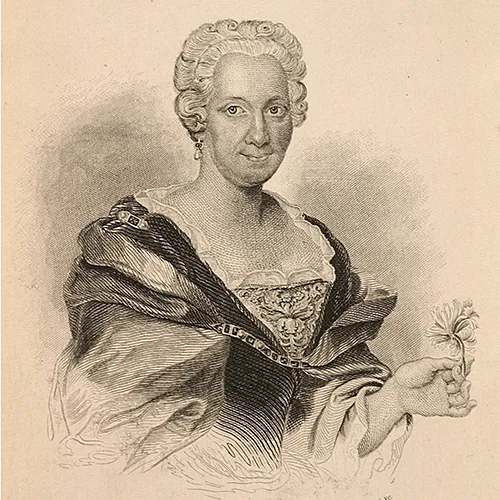
The Artist,
Rachel Ruysch
Rachel Ruysch was successful for nearly 70 years as a specialist in flower paintings.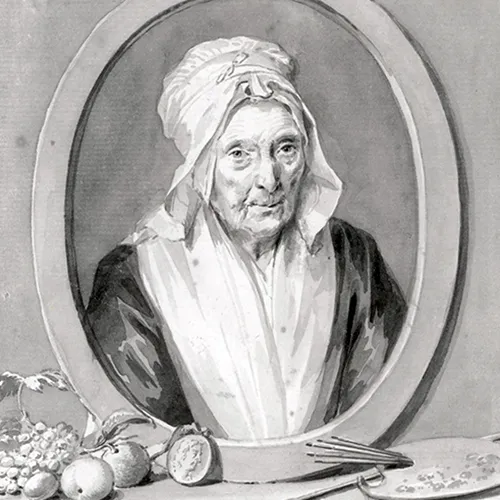
The Artist,
Clara Peeters
A pioneer in the field of still-life painting, Clara Peeters is the only Flemish woman known to have specialized in such pictures as early as the first decade of the 17th century.
